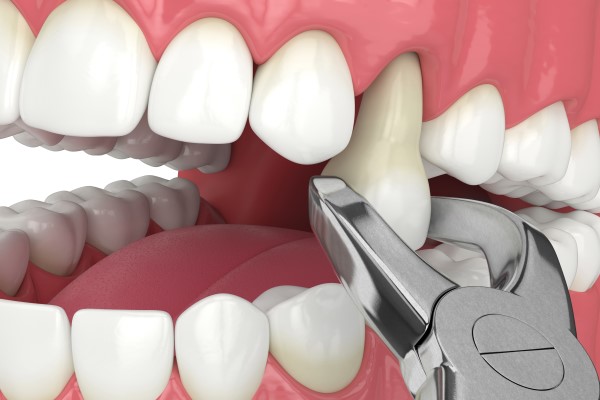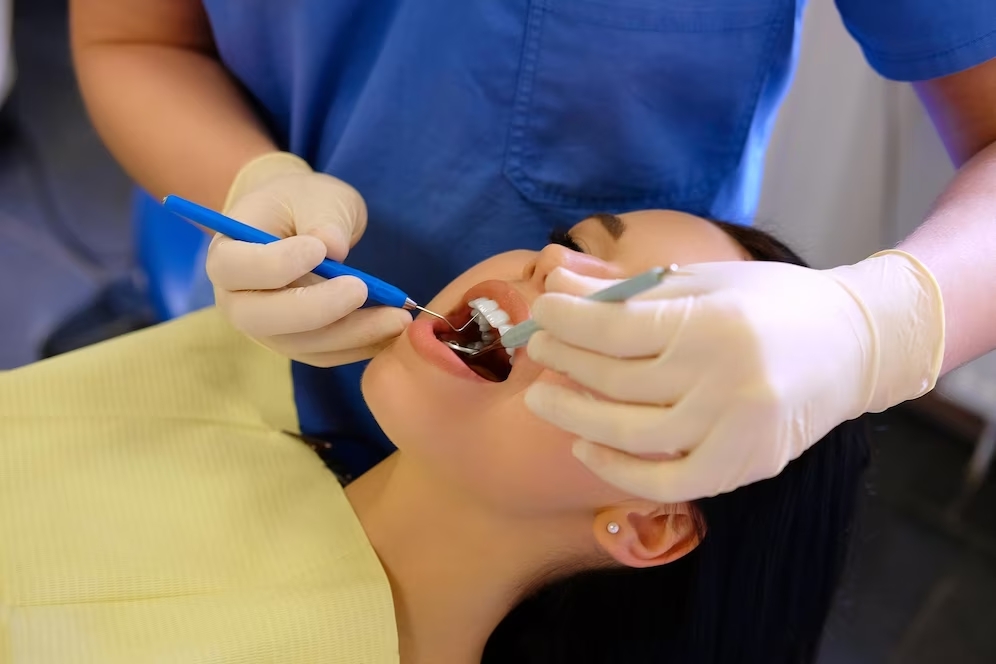
Dental extractions are common procedures to remove damaged, decayed, or problematic teeth. While extractions may be necessary for oral health reasons, it’s essential to understand their impact on adjacent teeth. This article provides insights into how dental extractions can affect neighboring teeth and oral health. Patients can make informed decisions and maintain optimal oral health by exploring potential consequences and preventive measures.
The Relationship Between Teeth
Teeth in the mouth are not isolated entities but are interconnected through a complex network. Each tooth relies on its neighboring teeth for support and stability. When a tooth is extracted, it creates a void in the dental arch, disrupting the natural balance and alignment of the remaining teeth.
Shifting And Misalignment
Adjacent teeth can shift or tilt into the space left by the extracted tooth. This movement occurs because neighboring teeth no longer have the same level of support, leading to changes in the dental arch. Over time, this shifting can result in misalignment, crowding, or gaps between teeth, impacting bite function and aesthetics.
Bone Resorption
Tooth extraction also affects the underlying bone structure. When a tooth is removed, the bone that previously supported the tooth undergoes a process called bone resorption. Bone resorption leads to a loss of bone density in the area, which can compromise the stability of adjacent teeth. If multiple extractions occur, the cumulative effect of bone loss can further impact the overall dental arch structure.
Gum Recession
Gum recession is another consequence that can occur after tooth extraction. When a tooth is removed, the gum tissue in the surrounding area may recede, exposing the roots of adjacent teeth. Gum recession affects the smile’s aesthetics and increases the risk of tooth sensitivity, root decay, and gum disease.
Preventive Measures
While extractions may be necessary in some cases, preventive measures can help minimize the potential impact on adjacent teeth. Dental professionals may recommend tooth replacement options such as dental implants, bridges, or dentures to fill the gap left by the extracted tooth. These restorative options help maintain the alignment and stability of neighboring teeth and prevent further complications.
The Bottom Line
Dental extractions play a vital role in maintaining oral health, but it’s important to understand their impact on adjacent teeth. The shifting of neighboring teeth, bone resorption, and gum recession are potential consequences that can arise after tooth extraction. However, by considering preventive measures and discussing tooth replacement options with a dental professional, patients can mitigate these effects and maintain optimal oral health. Regular dental check-ups and consultations are crucial for monitoring oral cavity changes and promptly addressing concerns. By prioritizing comprehensive dental care, patients can ensure their teeth’ long-term health and stability.




